A Photovoltaic Power Prediction Model Integrating Multi-source Heterogeneous Meteorological Data
-
摘要: 高精度光伏功率预测对提高电力系统运行效率具有重要意义。光伏功率受多种因素影响,其中云层的变化是最主要的不确定因素。传统光伏功率预测方法没有充分考虑云的3维结构和气象要素对光伏功率的影响。因此,该文提出一种融合多源异构气象数据的多源变量光伏功率预测模型(MPPM)。MPPM的核心包括时空条件扩散模型(STCDM)、注意力堆叠LSTM网络(ASLSTM)和多维特征融合模块(MFFM)。STCDM模型通过对2维卫星云图进行精确预测,消除了云层边界处的模糊现象。ASLSTM模型则提取了3维天气研究与预报模式 (WRF)气象要素特征。MFFM模块将2维卫星云图特征和3维WRF气象要素特征进行融合,以得到未来1 h光伏功率预测结果。该文分别利用STCDM模型和MPPM模型开展卫星云图预测实验和光伏功率预测实验。实验结果显示,STCDM模型预测1 h内卫星云图的结构相似性指数(SSIM)达到0.914,MPPM模型预测1 h内光伏功率的相关系数(CORR)达到0.949,优于所有对比算法。Abstract: High-precision photovoltaic power prediction is of great significance for improving the operation efficiency of power system. Photovoltaic power is affected by many factors, among which cloud change is the most important uncertain factor. However, the traditional photovoltaic power prediction methods do not fully consider the influence of cloud three-dimensional structure and meteorological factors on photovoltaic power. To solve this problem, a Multi-source variables Photovoltaic power Prediction Model (MPPM) based on integrating multi-source heterogeneous meteorological data is proposed. The core of MPPM includes SpatioTemporal feature Conditional Diffusion Model (STCDM), Attention Stacked LSTM network (ASLSTM) and Multidimensional Feature Fusion Module (MFFM). STCDM accurately predicts the two-dimensional satellite cloud image, eliminating the blurring phenomenon at the cloud boundary. ASLSTM extracts the three-dimensional Weather Research and Forecasting model (WRF) meteorological element features. MFFM fuses the two-dimensional satellite cloud image features and three-dimensional WRF meteorological element features to obtain the photovoltaic power prediction results for the next 1 h. In this paper, satellite cloud image prediction experiment and photovoltaic power prediction experiment are carried out by using STCDM model and MPPM model respectively. The results show that the Structural SIMilarity index (SSIM) of STCDM in satellite cloud image prediction within 1 h is up to 0.914, and the CORRelation index (CORR) of MPPM in photovoltaic power prediction within 1 h is up to 0.949, which are superior to all comparison algorithms.
-
算法 1 STCDM训练过程 repeat 输入:真实卫星云图$ {\boldsymbol{y}}_t^0 $和时空特征${{\boldsymbol{h}}_t}$ 随机采样噪声向量${\boldsymbol{\epsilon}}{\text{~}}N(0,1)$ 随机采样加噪步数$n{\text{~}}{\rm{uniform}}\left( {\left\{ {1,2,\cdots,N} \right\} } \right)$ 根据式(2)进行扩散过程 根据损失函数式(7)进行梯度下降步骤 输出:损失值 until损失函数收敛 算法 2 MPPM训练过程 procedure1: STCDM预测卫星云图 输入:卫星云图与ERA5气象数据${\boldsymbol{x}}$、光伏功率${\boldsymbol{P}}$、太阳方位角
${{\boldsymbol{S}}_1}$、太阳高度角${{\boldsymbol{S}}_2}$、WRF数值预报结果${\boldsymbol{M}}$for t=1 to T do 执行STLSTM(${{\boldsymbol{x}}_t}$)获得 ${{\boldsymbol{h}}_t}$ 随机采样噪声图像${\boldsymbol{y}}_t^N{\text{~}}N(0,1)$ for n=N to 1 do if n>1 ${\boldsymbol{z}}{\text{~} }N(0,1)$ else z=0 根据式(3)进行去噪 end for return 预测卫星云图${\boldsymbol{y}}_t^0$ end for 执行Conv(${\boldsymbol{y}}_{1:T}^0$)获得2维云特征${\boldsymbol{C}}$ procedure2: ASLSTM提取3维气象特征 for l = 1 to 7 do if l = 1 执行STLSTM(${\boldsymbol{P}}$, ${{\boldsymbol{S}}_1}$, ${{\boldsymbol{S}}_2}$)获得${\boldsymbol{h}}_{\boldsymbol{A}}^l$ 执行Attention(${\boldsymbol{h}}_{\boldsymbol{A}}^l$, ${{\boldsymbol{M}}^l}$)获得3维气象要素特征$ {\boldsymbol{M}}_{\boldsymbol{A}}^l $ else 执行STLSTM($ {\boldsymbol{M}}_{\boldsymbol{A}}^l $)获得${\boldsymbol{h}}_{\boldsymbol{A}}^l$ 执行Attention(${\boldsymbol{h}}_{\boldsymbol{A}}^l$,$ {\boldsymbol{M}}_{}^l $)获得3维气象要素特征$ {\boldsymbol{M}}_{\boldsymbol{A}}^l $ end for 执行Concat($ {\boldsymbol{M}}_{\boldsymbol{A}}^1 $,$ {\boldsymbol{M}}_{\boldsymbol{A}}^l $)获得3维气象要素特征$ {\boldsymbol{M}}_{\boldsymbol{A}}^{} $ procedure3: MFFM融合多维特征并预测光伏功率 执行Channel Attention(${\boldsymbol{C}}$, $ {\boldsymbol{M}}_{\boldsymbol{A}}^{} $)获得$ \hat {\boldsymbol{M}} $ 执行Attention(Conv(${\boldsymbol{C}}$), $ \hat {\boldsymbol{M}} $)获得${\boldsymbol{F}}$ 执行STLSTM(${\boldsymbol{F}}$)获得PV Power 输出:光伏功率预测值PV Power 表 1 不同模型的FY-4B卫星云图预测实验结果
指标 时间方法 15 min 30 min 45 min 60 min SSIM MSE SSIM MSE SSIM MSE SSIM MSE STCDM 0.914 24.3 0.853 33.1 0.838 40.5 0.795 42.6 MotionRNN 0.882 28.2 0.830 33.3 0.789 47.7 0.681 52.5 E3D-LSTM 0.876 40.8 0.747 45.7 0.677 51.1 0.634 54.6 PredRNN 0.815 47.4 0.718 51.5 0.601 56.7 0.558 67.3 ConvLSTM 0.776 51.2 0.708 56.1 0.584 58.8 0.557 65.4 表 2 不同模型的Himawari-8卫星云图预测实验结果
指标 时间方法 15 min 30 min 45 min 60 min SSIM MSE SSIM MSE SSIM MSE SSIM MSE STCDM 0.922 24.6 0.882 32.6 0.838 40.8 0.803 42.6 MotionRNN 0.879 28.3 0.856 33.4 0.787 47.1 0.679 54.3 E3D-LSTM 0.859 40.8 0.802 44.7 0.671 52.7 0.645 59.6 PredRNN 0.802 47.4 0.740 52.5 0.621 59.8 0.585 68.2 ConvLSTM 0.769 51.2 0.717 58.1 0.596 57.9 0.568 67.1 表 3 不同模型的光伏功率预测实验结果
指标 时间方法 15 min 30 min 45 min 60 min RMSE CORR RMSE CORR RMSE CORR RMSE CORR MPPM 0.701 0.949 0.851 0.914 1.132 0.879 1.156 0.871 LSTM 1.039 0.841 0.993 0.814 1.546 0.821 1.764 0.753 XGBoost 1.052 0.871 1.386 0.818 1.593 0.825 1.581 0.764 ARIMA 1.867 0.796 1.701 0.768 1.748 0.704 2.453 0.682 MLP 1.272 0.785 1.854 0.746 2.336 0.697 2.396 0.687 ConvLSTM 0.802 0.928 1.264 0.884 1.211 0.876 1.257 0.814 表 4 不同季节光伏功率预测对比实验结果
指标 时间方法 15 min 30 min 45 min 60 min RMSE CORR RMSE CORR RMSE CORR RMSE CORR 春季 0.799 0.931 0.839 0.892 1.089 0.846 1.206 0.827 夏季 0.907 0.902 1.297 0.856 1.486 0.809 1.979 0.755 秋季 0.741 0.939 1.386 0.911 1.013 0.863 1.185 0.835 冬季 0.872 0.912 1.363 0.869 1.694 0.827 2.146 0.792 -
[1] 陈晨, 袁绍军, 尹兆磊, 等. 一种分布式发电功率时间序列波动性量化评估方法[J]. 电子与信息学报, 2022, 44(11): 3825–3832. doi: 10.11999/JEIT220096.CHEN Chen, YUAN Shaojun, YIN Zhaolei, et al. A fluctuation quantitative evaluation method for distributed energy power time series[J]. Journal of Electronics &Information Technology, 2022, 44(11): 3825–3832. doi: 10.11999/JEIT220096. [2] 吴忠强, 曹碧莲, 侯林成, 等. 基于改进多元宇宙优化算法的光伏系统最大功率点跟踪[J]. 电子与信息学报, 2021, 43(12): 3735–3742. doi: 10.11999/JEIT200599.WU Zhongqiang, CAO Bilian, HOU Lincheng, et al. Maximum power point tracking for photovoltaic system based on improved multi-verse optimization[J]. Journal of Electronics &Information Technology, 2021, 43(12): 3735–3742. doi: 10.11999/JEIT200599. [3] ETXEGARAI G, LÓPEZ A, AGINAKO N, et al. An analysis of different deep learning neural networks for intra-hour solar irradiation forecasting to compute solar photovoltaic generators’ energy production[J]. Energy for Sustainable Development, 2022, 68: 1–17. doi: 10.1016/j.esd.2022.02.002. [4] GIGONI L, BETTI A, CRISOSTOMI E, et al. Day-Ahead hourly forecasting of power generation from photovoltaic plants[J]. IEEE Transactions on Sustainable Energy, 2018, 9(2): 831–842. doi: 10.1109/TSTE.2017.2762435. [5] MA Yanhong, LV Qingquan, ZHANG Ruixiao, et al. Short-term photovoltaic power forecasting method based on irradiance correction and error forecasting[J]. Energy Reports, 2021, 7: 5495–5509. doi: 10.1016/j.egyr.2021.08.167. [6] 张俊, 贺旭, 陆春良, 等. 基于数值天气预报的光伏功率短期预测分类组合算法[J]. 广东电力, 2019, 32(6): 55–60. doi: 10.3969/j.issn.1007-290X.2019.006.008.ZHANG Jun, HE Xu, LU Chunliang, et al. Classification and combination algorithm for photovotaic power short-term forecasting based on numerical weather prediction[J]. Guangdong Electric Power, 2019, 32(6): 55–60. doi: 10.3969/j.issn.1007-290X.2019.006.008. [7] YAO Tiechui, WANG Jue, WU Haoyan, et al. Intra-hour photovoltaic generation forecasting based on multi-source data and deep learning methods[J]. IEEE Transactions on Sustainable Energy, 2022, 13(1): 607–618. doi: 10.1109/TSTE.2021.3123337. [8] AGOUA X G, GIRARD R, and KARINIOTAKIS G. Photovoltaic power forecasting: Assessment of the impact of multiple sources of spatio-temporal data on forecast accuracy[J]. Energies, 2021, 14(5): 1432. doi: 10.3390/en14051432. [9] 师浩琪, 郭力, 刘一欣, 等. 基于多源气象预报总辐照度修正的光伏功率短期预测[J]. 电力自动化设备, 2022, 42(3): 104–112. doi: 10.16081/j.epae.202201019.SHI Haoqi, GUO Li, LIU Yixin, et al. Short-term forecasting of photovoltaic power based on total irradiance correction of multi-source meteorological forecast[J]. Electric Power Automation Equipment, 2022, 42(3): 104–112. doi: 10.16081/j.epae.202201019. [10] AHMED R, SREERAM V, MISHRA Y, et al. A review and evaluation of the state-of-the-art in PV solar power forecasting: Techniques and optimization[J]. Renewable and Sustainable Energy Reviews, 2020, 124: 109792. doi: 10.1016/j.rser.2020.109792. [11] WANG Fei, LU Xiaoxing, MEI Shengwei, et al. A satellite image data based ultra-short-term solar PV power forecasting method considering cloud information from neighboring plant[J]. Energy, 2022, 238: 121946. doi: 10.1016/j.energy.2021.121946. [12] SI Zhiyuan, YANG Ming, YU Yixiao, et al. Photovoltaic power forecast based on satellite images considering effects of solar position[J]. Applied Energy, 2021, 302: 117514. doi: 10.1016/j.apenergy.2021.117514. [13] 白捷予, 董存, 王铮, 等. 考虑云层遮挡的光伏发电功率超短期预测技术[J]. 高电压技术, 2023, 49(1): 159–168. doi: 10.13336/j.1003-6520.hve.20211769.BAI Jieyu, DONG Cun, WANG Zheng, et al. Ultra-short-term prediction of photovoltaic power generation considering cloud cover[J]. High Voltage Engineering, 2023, 49(1): 159–168. doi: 10.13336/j.1003-6520.hve.20211769. [14] WANG Yunbo, LONG Mingsheng, WANG Jianmin, et al. PredRNN: Recurrent neural networks for predictive learning using spatiotemporal LSTMs[C]. The 31st International Conference on Neural Information Processing Systems, Red Hook, USA, 2017. [15] WANG Yunbo, JIANG Lu, YANG M H, et al. Eidetic 3D LSTM: A model for video prediction and beyond[C]. 7th International Conference on Learning Representations, New Orleans, USA, 2019. [16] WU Haixu, YAO Zhiyu, WANG Jianmin, et al. MotionRNN: A flexible model for video prediction with spacetime-varying motions[C]. The 2021 IEEE/CVF Conference on Computer Vision and Pattern Recognition, Nashville, USA, 2021: 15430–15439. [17] SHI Xingjian, CHEN Zhourong, WANG Hao, et al. Convolutional LSTM network: A machine learning approach for precipitation nowcasting[C]. The 28th International Conference on Neural Information Processing Systems, Cambridge, USA, 2015. [18] WANG Fei, XUAN Zhiming, ZHEN Zhao, et al. A day-ahead PV power forecasting method based on LSTM-RNN model and time correlation modification under partial daily pattern prediction framework[J]. Energy Conversion and Management, 2020, 212: 112766. doi: 10.1016/j.enconman.2020.112766. [19] LI Xianglong, MA Longfei, CHEN Ping, et al. Probabilistic solar irradiance forecasting based on XGBoost[J]. Energy Reports, 2022, 8: 1087–1095. doi: 10.1016/j.egyr.2022.02.251. [20] SHARADGA H, HAJIMIRZA S, and BALOG R S. Time series forecasting of solar power generation for large-scale photovoltaic plants[J]. Renewable Energy, 2020, 150: 797–807. doi: 10.1016/j.renene.2019.12.131. [21] HUANG Chao, CAO Longpeng, PENG Nanxin, et al. Day-ahead forecasting of hourly photovoltaic power based on robust multilayer perception[J]. Sustainability, 2018, 10(12): 4863. doi: 10.3390/su10124863. -






 下载:
下载:

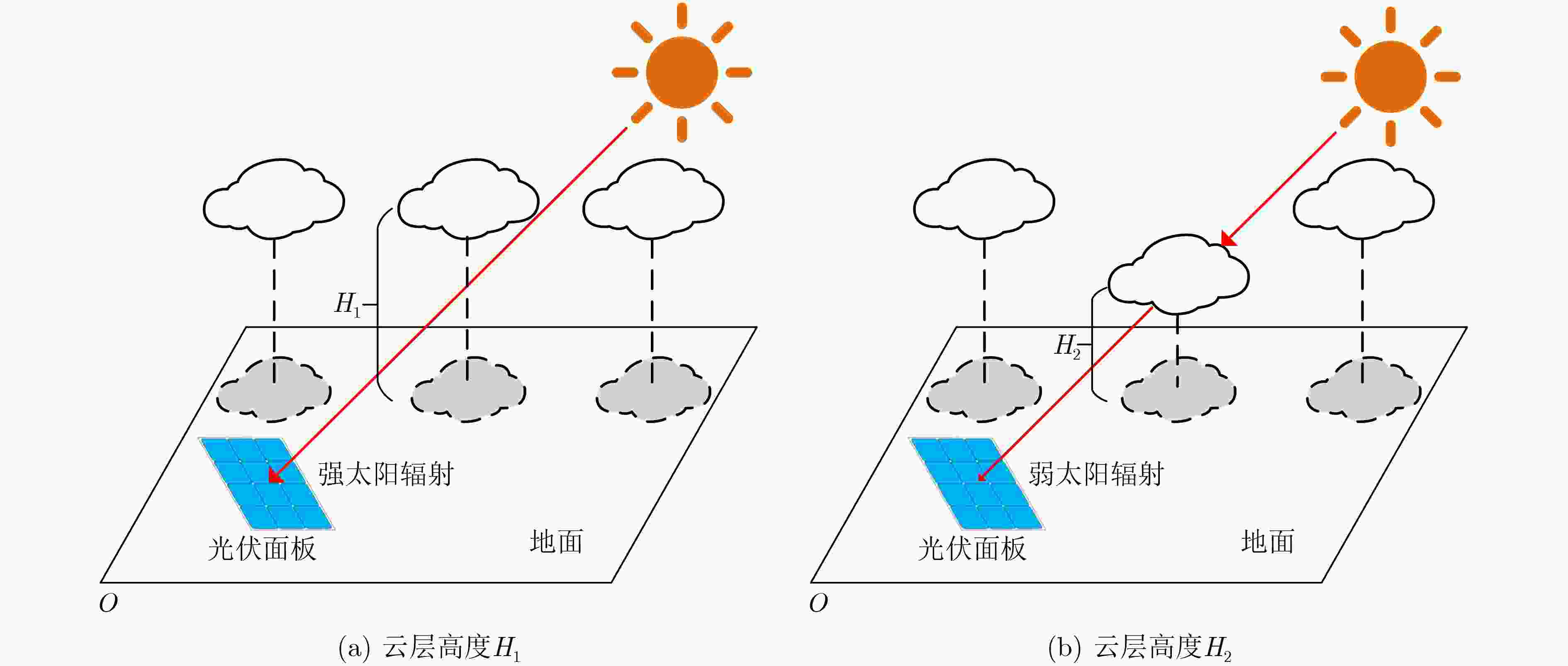
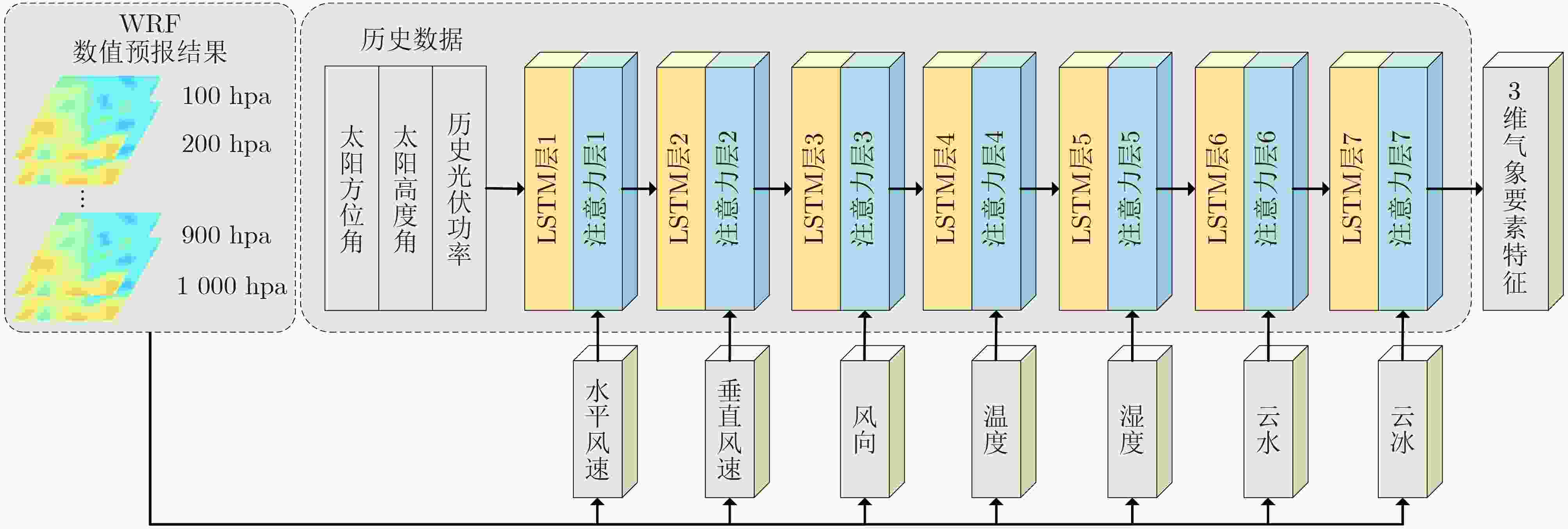

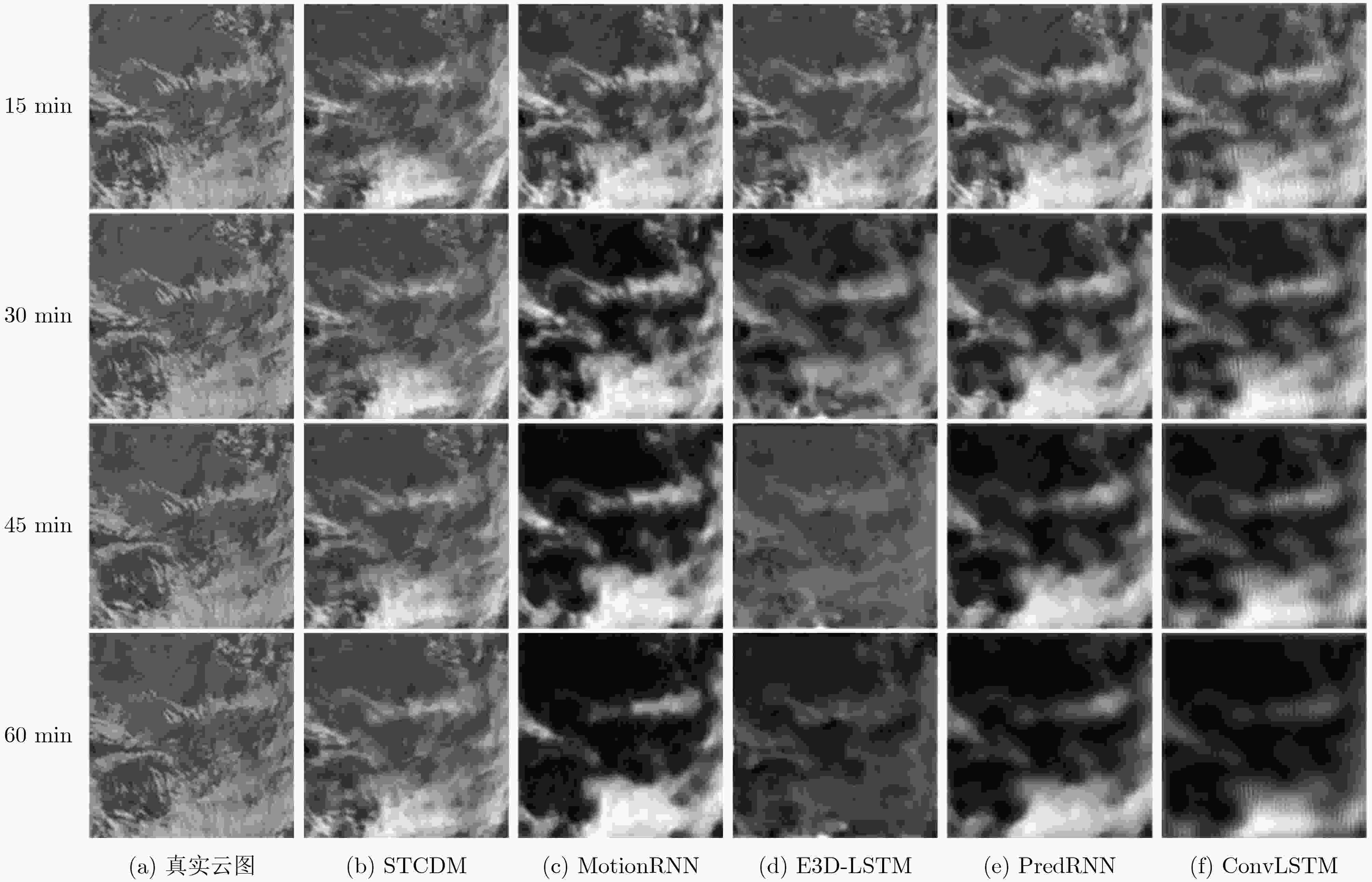
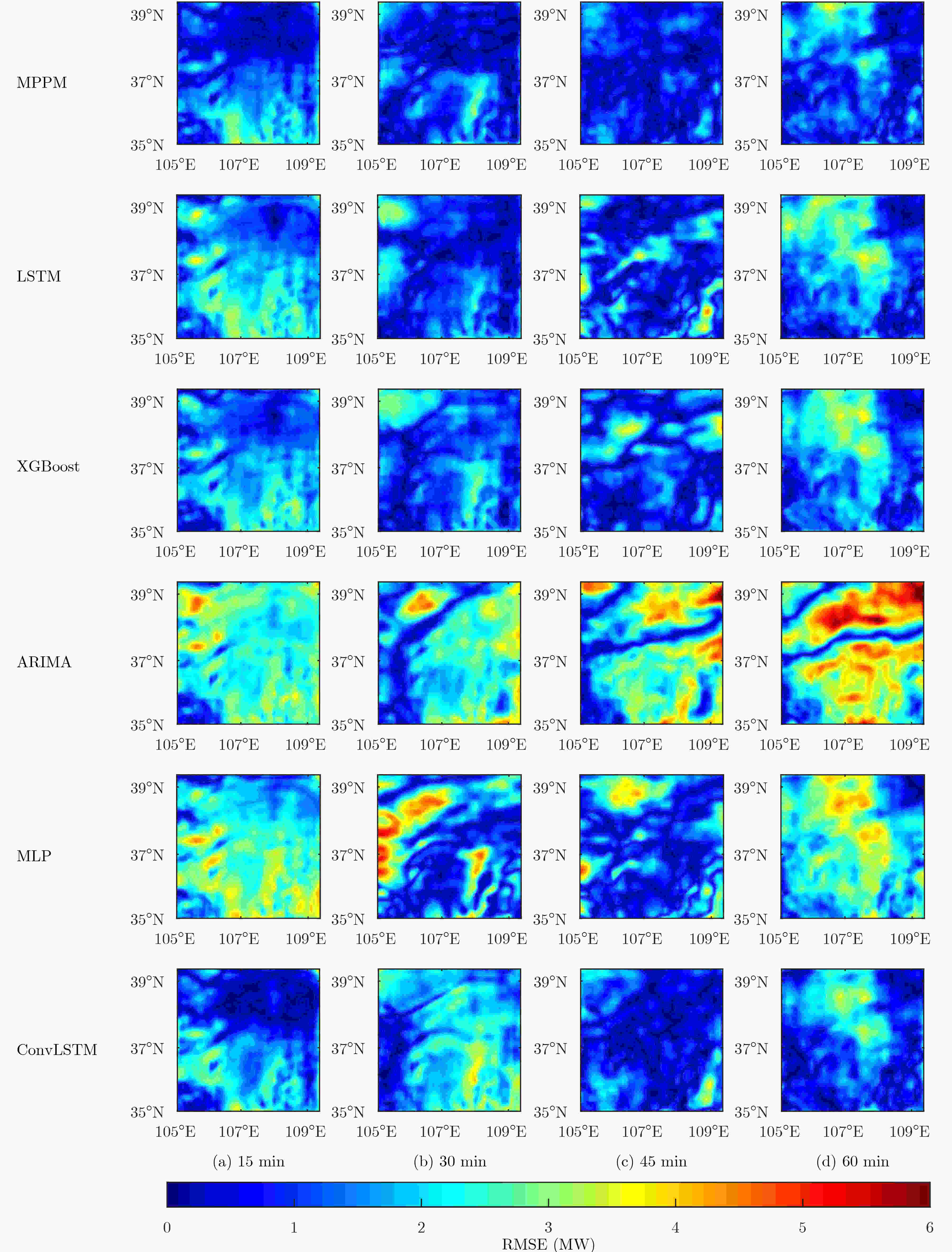
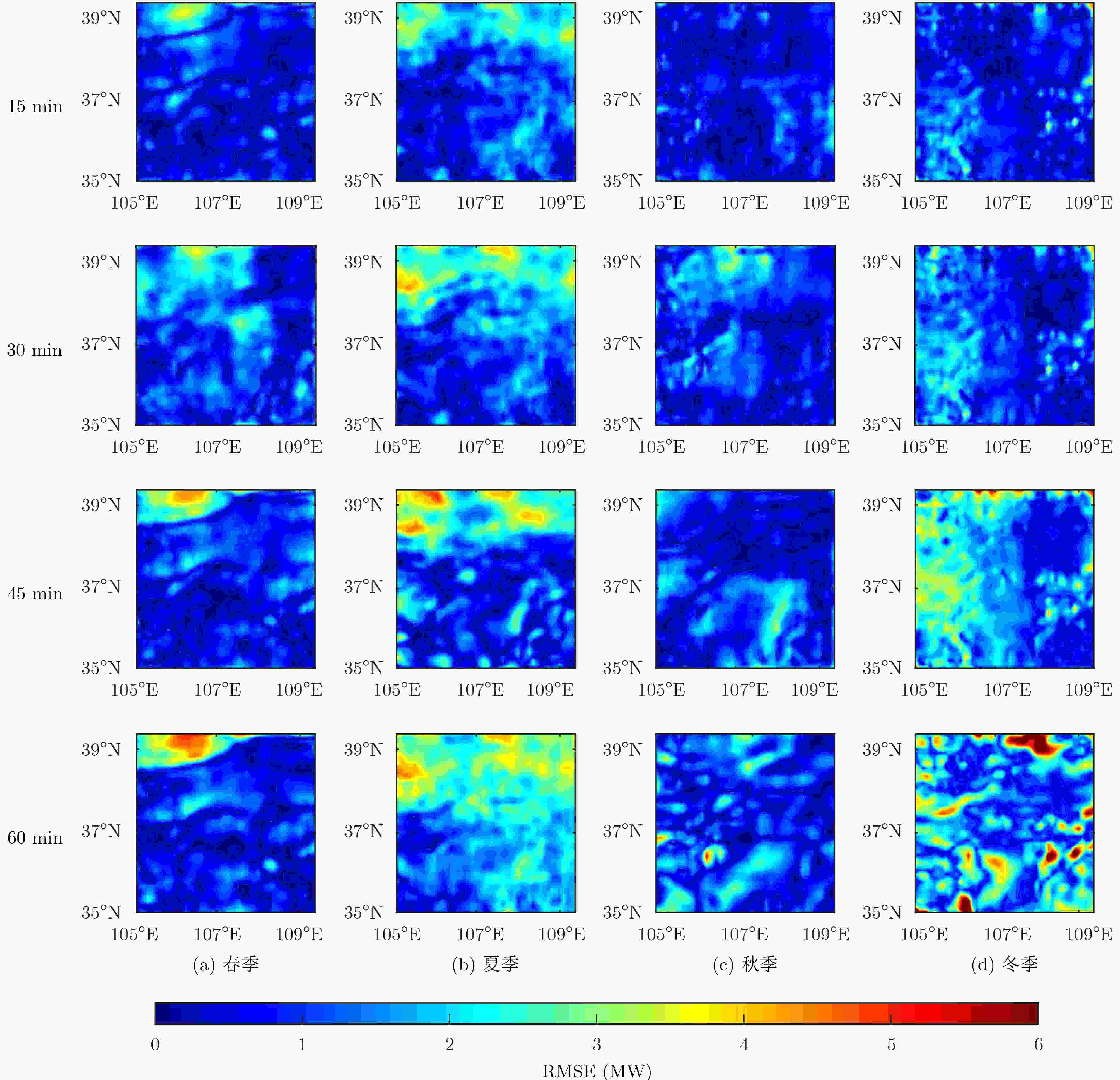


 下载:
下载:
